

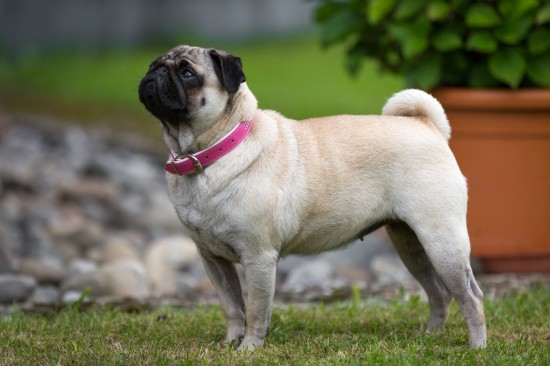
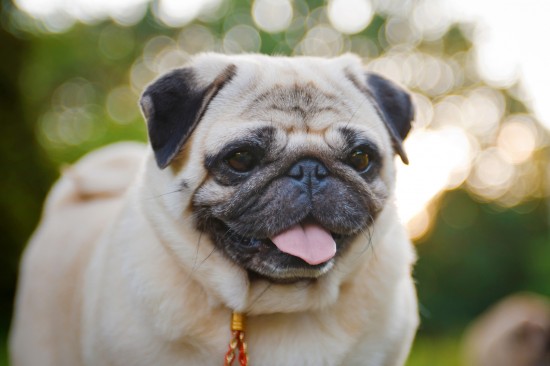
The pug is one of the most popular and commonly owned companion dogs within the UK, and is also a breed that is highly distinctive thanks to their short, round bodies, squashed faces, and curled tails. They also have fabulous personalities and are highly entertaining as well as affectionate companions, which fit in well with all sorts of lifestyles and living situations.
Classed as a small dog breed, the pug has a short coat that can be seen in various colours including fawn and black, apricot, and all black, and the breed reached the peak of their popularity within the UK under the reign of Queen Victoria, who owned several dogs of the breed.
However, the pug breed as we know it today bears little resemblance to its forefathers, and the shape and build of the pug as we now recognise it has been brought about by means of selective breeding to produce the exaggerated physical traits for which the breed is known. These in their turn have led to the development of several health problems and potential risks for dogs of the breed, which mean that the pug is one of the most likely dogs to be plagued with health problems and hereditary health conditions.
If you are considering buying or adopting a pug dog or puppy, it is vital to do plenty of research into the breed’s health and longevity, in order to ensure that you can make an informed decision on a purchase. We will cover these factors in more detail within this article.
The average lifespan of the pug is 11 years of age, which is slightly lower than the average across the board of all breeds of a similar shape and size. While pugs may live for longer than 11, hereditary health conditions and other risk factors across the breed have an effect on the average longevity of the breed as a whole.
The coefficient of inbreeding statistic across the breed as a whole is 5.7%, which is lower than the accepted norm for pedigree dogs of 6.25% or lower. However, considering the sheer number of pedigree pug dogs within the UK, there are actually very few individual breed lines and completely unrelated dogs of the breed, and some breed lines possess a coefficient of inbreeding statistic far above 5.7%.
The pug dog is one breed that has been widely subjected to selective breeding and ultra-typing, which in its turn has caused a range of conformation exaggerations that may affect the health and quality of life of dogs of the breed. Common problems include:
The pug is one of fifteen dog breeds that are classed as “high profile” by The Kennel Club, and to which particular attention is paid in terms of their hereditary health and wellness. A range of health tests and monitoring schemes are in place for the pug, with the intention of improving the overall health and condition of the breed in perpetuity. Current schemes in place are:
The pug breed as a whole is also considered to be at risk of a wide range of other health conditions, which may affect the quality of life and health of the dog. These include:
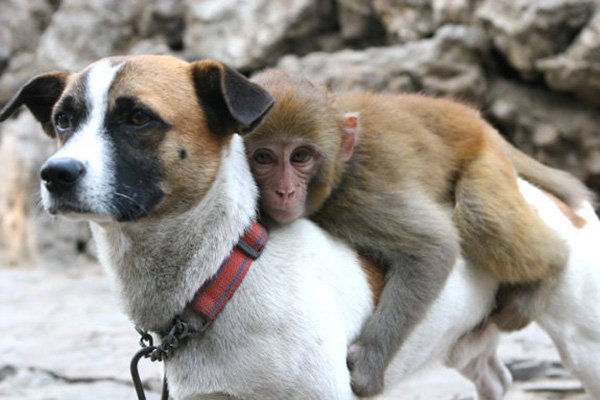 Keep your dog warm in winter!!
Keep your dog warm in winter!!
In the event th
Keep your dog warm in winter!!
Keep your dog warm in winter!!
In the event th
 Staying In A Hotel With Your Dog
Staying In A Hote
Staying In A Hotel With Your Dog
Staying In A Hote
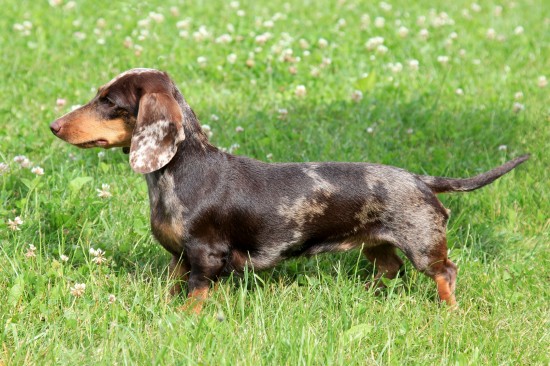 Breed Specific Dog Food - Is It Necessary?
Breed Specific Do
Breed Specific Dog Food - Is It Necessary?
Breed Specific Do
 Chow Chow Hereditary Health And Genetic Diversity
Chow Chow Heredit
Chow Chow Hereditary Health And Genetic Diversity
Chow Chow Heredit
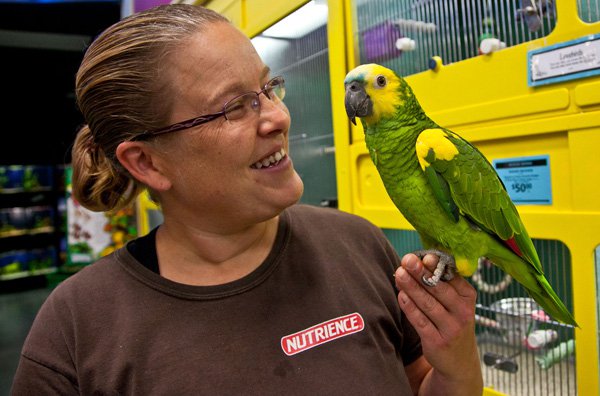 The Science Behind Why Cats Land on their Feet
The Science Behind Why Cats Land on their Feet
The Science Behind Why Cats Land on their Feet
The Science Behind Why Cats Land on their Feet
Copyright © 2005-2016 Pet Information All Rights Reserved
Contact us: www162date@outlook.com